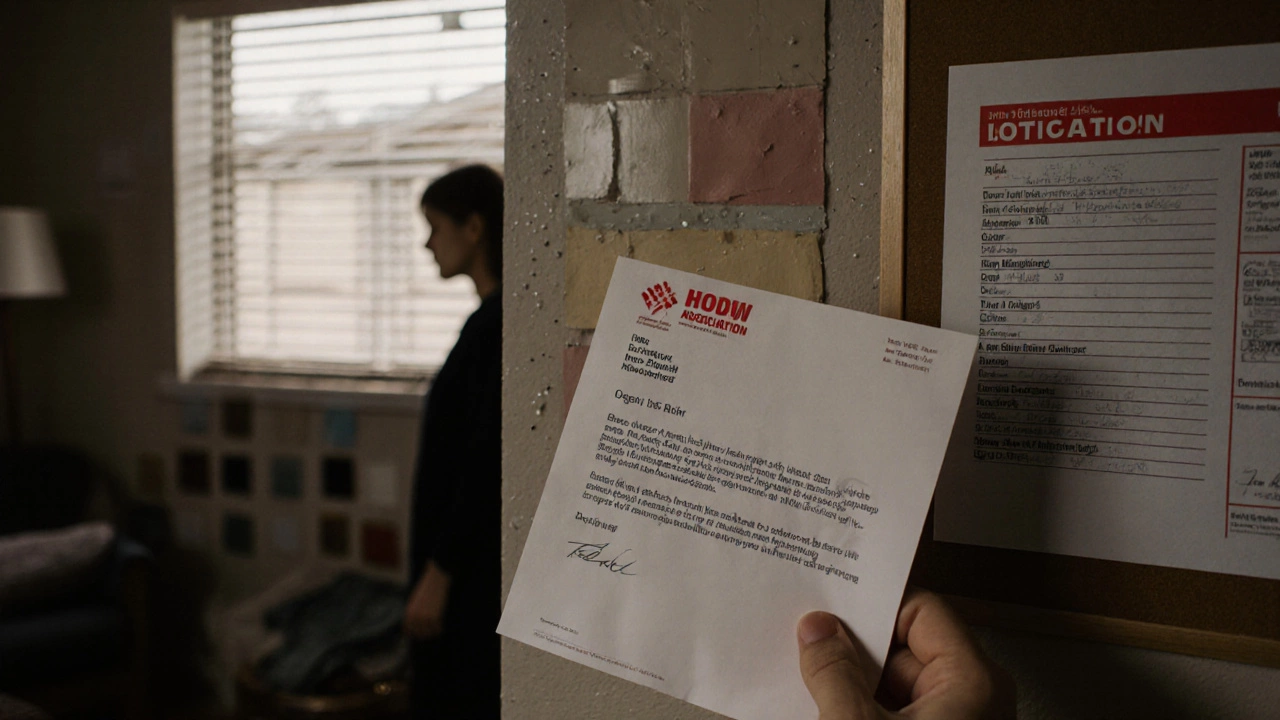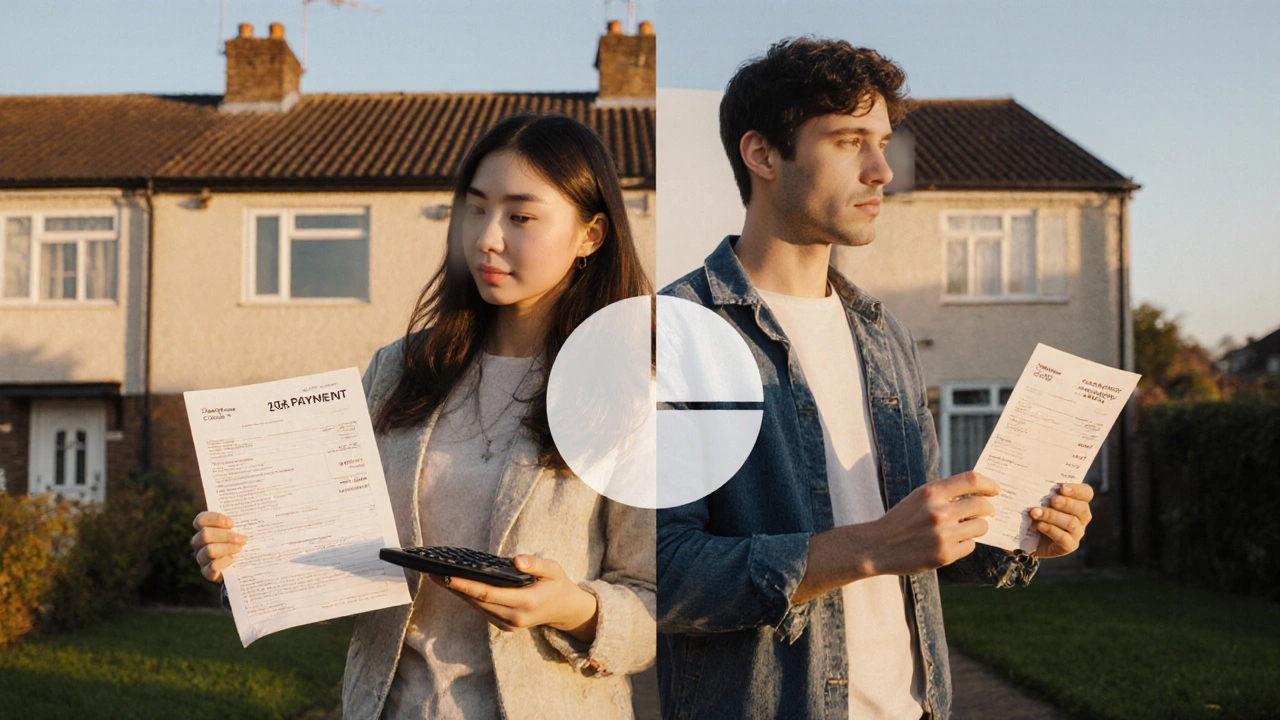Owning shares in a shared ownership home seems like a path to homeownership, but hidden costs, rent hikes, and lack of control make it a risky choice for many. Here’s what no one tells you before you sign.
Staircasing Costs – A Clear Guide for Shared‑Ownership Buyers
When you start looking at staircasing costs, the extra payments you make to increase your ownership share in a shared‑ownership home. Also known as step‑up fees, they cover a mix of legal, valuation and mortgage‑related expenses that can surprise anyone who isn’t prepared.
First, understand the backdrop: shared ownership, a scheme where you buy a percentage of a property and pay rent on the remainder is designed for first‑time buyers who need a lower deposit. As you buy more of the property, the process is called staircasing costs. The bigger the share you aim for, the higher the fees, because each step involves a new valuation, new legal paperwork and often a fresh mortgage arrangement.
What Drives Staircasing Expenses?
The biggest chunk usually comes from the property valuation, an independent assessment of the home's market value at the time you staircase. Lenders need an up‑to‑date value to decide how much more you can borrow and to protect their security. Valuations can range from a few hundred pounds for a modest increase to over a thousand for larger steps, especially in hot markets.
Next, there are legal fees, charges for the solicitor or conveyancer who handles the transfer of ownership. These fees cover title checks, registration with the Land Registry, and drafting new lease agreements. Even if you’re using the same solicitor as before, a new transaction triggers a fresh charge, typically between £500 and £1,200.
Don't forget the mortgage fees, costs associated with setting up or adjusting your loan for the larger share. Some lenders charge an arrangement fee for a new loan, while others might apply a higher interest rate if the loan‑to‑value ratio changes. Mortgage fees can also include a booking fee, a valuation fee (if the lender runs its own), and potentially a higher stamp duty if your ownership percentage moves into a new tax band.
Other minor but real costs include administration fees from the housing association, moving costs if you need to shift belongings to accommodate new rooms, and possible early‑repayment penalties on your existing loan. While each of these items may seem small on its own, they add up quickly, especially if you plan multiple staircasing steps over several years.
Because staircasing is a strategic decision, many buyers run the numbers ahead of time. A simple spreadsheet that lists the current share, the target share, the estimated property value, and all associated fees can give you a realistic picture of the total cash outlay. This approach also lets you see how each extra percentage point of ownership improves your equity and reduces the rent you pay on the remaining share.
Another practical tip: shop around for valuation services and mortgage providers before you start the process. Some lenders bundle valuation costs into the loan, while others let you choose an independent surveyor for a lower price. Likewise, a solicitor experienced in shared‑ownership staircasing can often negotiate reduced fees by handling multiple steps in a single engagement.
In short, staircasing costs intertwine three core entities – valuation, legal work, and mortgage adjustments – each influencing the next. Knowing how they interact helps you budget accurately, avoid nasty surprises, and make the most of the equity you’re building. Below you’ll find articles that dig deeper into each cost component, share real‑world examples, and offer step‑by‑step guidance so you can plan your staircasing journey with confidence.
Explore the three main drawbacks of shared ownership homes, from double payments to lease restrictions and staircasing costs, and learn how to manage them.

